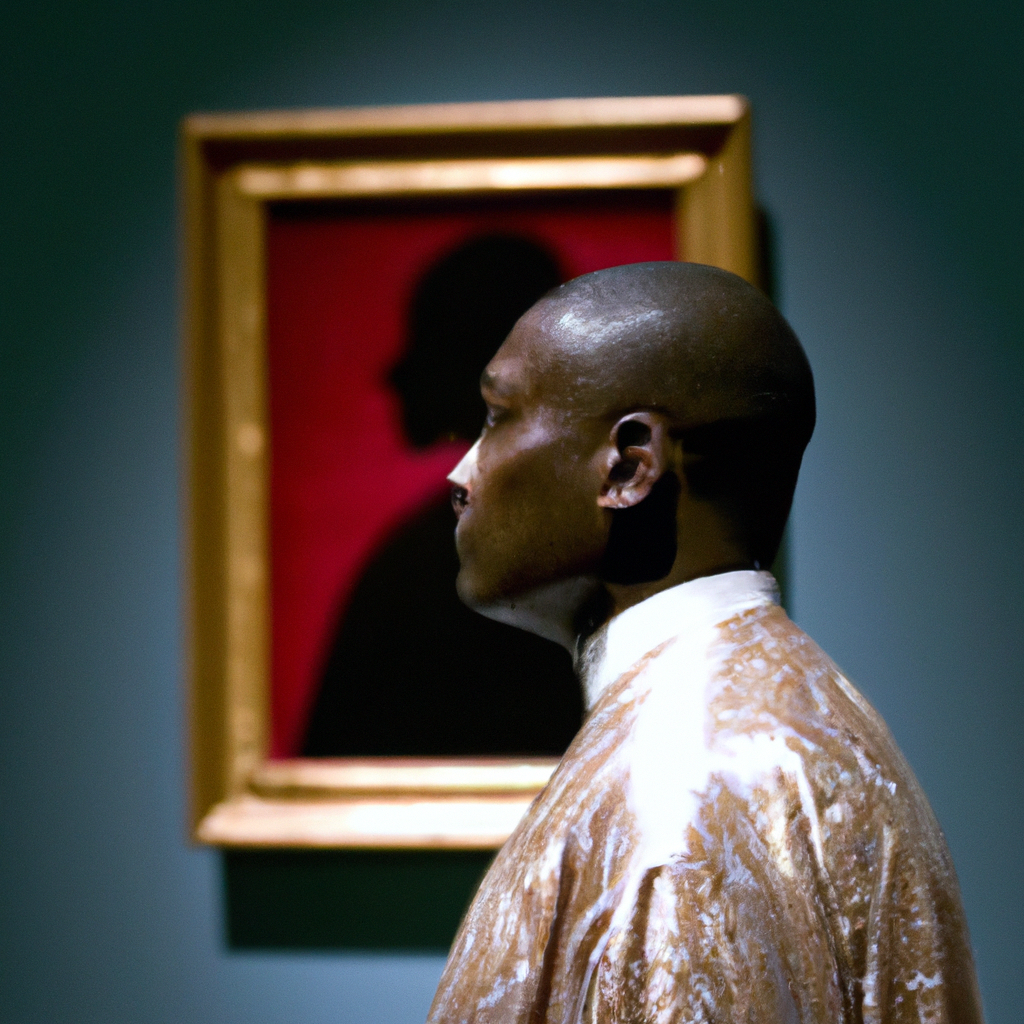In the labyrinthine corridors of contemporary art, where the threads of beauty, power, and controversy often weave tightly together, the latest news of delay in the highly anticipated exhibition of Kehinde Wiley at a prominent Nebraska museum adds another layer of complexity to the discourse around art and morality. Wiley, a titanic figure in art circles, best known for his vibrant, large-scale portraits that challenge historical narratives by placing Black subjects in traditional Western art contexts, finds his latest exhibition shrouded in shadows not cast by any canvas frame, but rather by troubling allegations.
The museum's decision to postpone the exhibition was announced following surfaced allegations against Wiley, accusing him of sexual assault. These allegations, which the artist has vehemently denied as "baseless and defamatory," have stirred a cauldron of debate within the artistic community and beyond. It is a poignant reminder of the ever-existent tension between an artist's body of work and their personal conduct. Wiley’s public response was swift and unequivocal, positioning these claims within a narrative of defamation that he is determined to contest.
This occurrence invites a broader contemplation of the place of ethics in art appreciation and curation. The decision of the museum to delay the exhibition hints at an institutional acknowledgment of the complex interplay between an artist’s personal life and their professional accolades. It raises the question: how should institutions respond to allegations against artists whose work they exhibit? Moreover, it throws into relief the responsibilities of cultural institutions as stewards not just of art, but of societal values.
Wiley's work has often been celebrated for its subversive aesthetics, reimagining the visual representation of race and power in art. By transplanting subjects of color into classical artistic motifs traditionally dominated by white figures, Wiley reclaims a space in art history for those long marginalized. His portraits are not just seen; they are felt. They provoke dialogues on race, power, and identity, dialogues that are now shadowed by the allegations against him.
The unfolding situation is a tessellation of disappointment and duty—disappointment for those who awaited the exhibition as a continuation of a powerful artistic narrative, and duty toward a perhaps new narrative that respects both the integrity of the subjects of his art and the lived experiences of individuals. As the museum reevaluates the timing for Wiley’s exhibition, the art world watches closely, reminded once again of the delicate balance between celebrating art and upholding ethical standards within its realms.
In times such as these, filled with complexity and confrontation, the role of art becomes ever more significant. It offers not only aesthetic pleasure but also a critical lens through which we can re-examine societal norms. As observers and participants in this cultural dialogue, our engagement with art can never be passive. It becomes a realm where beauty intersects with the depths of human behavior, where the brushstrokes on canvas evoke not only admiration but contemplation, urging us to ponder the ethical dimensions woven into the tapestry of the art world.

